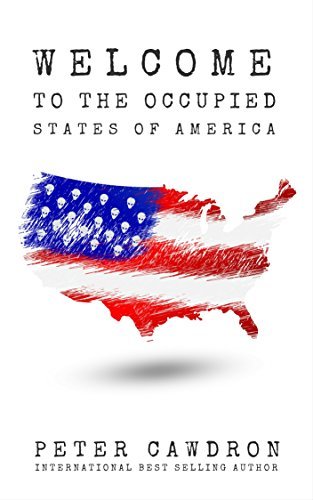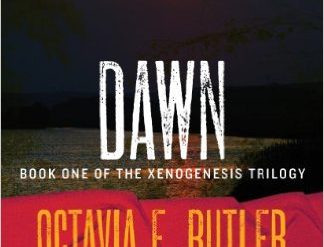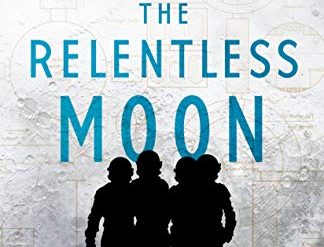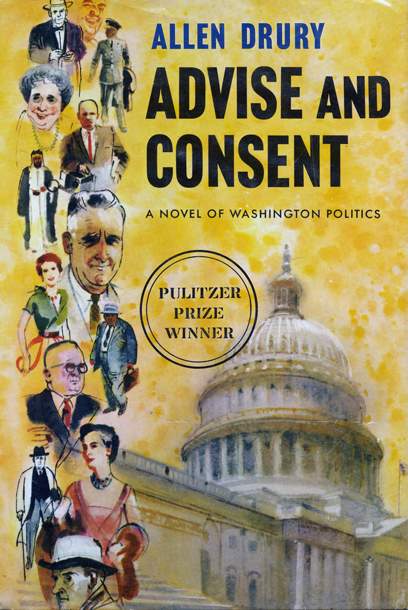
If you imagine Martian death-rays or eight-foot-tall bipedal lizards, think again. These alien invaders are called grubs, and for good reason. They travel in enormous packs. They’re “minuscule, maggot-like creatures” capable of aggregating in huge numbers and assuming any desired shape. And they consume just about everything in their path. Including trees and humans—trunks, clothing, and all. They arrived seven years ago in pods that fell all across Earth’s temperate zone. And now, seventy million dead humans later, they occupy most of the continental United States.
Estimated reading time: 5 minutes
Ashley Kelly “was ten when the alien horde arrived.” She and her parents were on their farm in North Carolina when they sighted the first pod reported. Her father lost his life distracting the grubs from his wife and daughter. Now, at seventeen, Ash “has spent seven years learning to walk again” after a cluster bomb meant for the grubs damaged her spine. Confined to a wheelchair, she is evacuated from her last refuge, a Mexico City hospital, and transferred to a massive refugee camp south of the Texas border. She’s been told her long-lost mother is living there.
Then things start to get really interesting.
Welcome to the Occupied States of America (First Contact #10) by Peter Cawdron (2016) 278 pages ★★★★☆
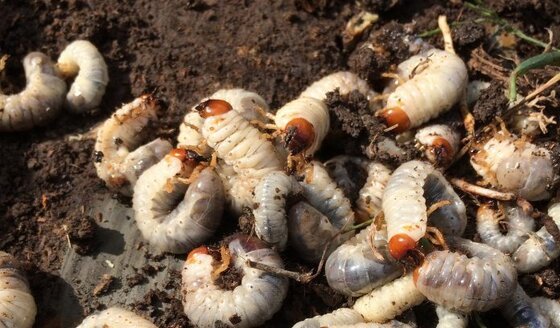
The humans are losing to the alien invaders
An American officer had lured Ash from the hospital in Mexico City with a promise to reunite her with her long-lost mother. But when she arrives, Ash is horrified to discover that her mother is not among the more than 100,000 Americans sheltered at Camp Augustus. The military is in a desperate, losing battle with the grubs and claims everyone within reach for a role in the war effort. (“Even a cripple like me can work in a munitions factory.”) For Ash, the only saving grace is the attentive young soldier named Jai Davidson who escorts her inside the camp. Jai befriends her, and the two together hold center stage for the duration of the story.
In the face of a surprise attack by the alien invaders on Camp Augustus, Ash and Jai separately make their way northward to the Texas border. There, they team up with the local leader of the American Resistance, a biology professor named McAllister. But it’s wheelchair-bound Ash who holds our attention. And it’s she who breaks through in contact with the aliens.
An ingenious concept of alien life
Welcome to the Occupied States of America involves escalating conflict between the grubs and the American military. Along the way, we witness the appearance of the alien invaders in a startling new configuration. Emerging from beneath the ground in gargantuan numbers, the grubs assemble themselves into “spider-walkers” hundreds of feet high. “They swarm like matryoshka dolls—nested Russian dolls, one inside the other. What we see is billions, probably trillions of seemingly identical cells banding together. Whereas we have specialized cells, it’s as though they’re made from multipurpose cells. It looks as though their cells specialize as limbs, arms, eyes, and tentacles, but they don’t. These are temporary forms. That’s what makes them so damn hard to kill.”
Now, if this description seems beyond belief, the author assures us, in the words of Prof. McAllister, “There are types of amoebae here on Earth that will band together in times of scarcity to form simple creatures capable of motion. Once food becomes abundant again, they’ll dissolve, and return to being individual organisms.”
First Contact—delayed
You might think First Contact took place when Ash and her parents encountered the grubs on their farm in North Carolina. But there was no contact as such, certainly no communication, merely two people fleeing and a third the subject of a feeding frenzy. First Contact—involving a meeting of the minds, as it were—doesn’t happen until nearly halfway through the novel. And of course it’s Ash who is at the center of the action.
I don’t want to spoil the story, but suffice it to say that the ending is a happy one. Or at least as happy as an ending can be. After all, tens of millions die in this gruesome tale. In fact, I found myself disappointed by the way Cawdron winds up the story. It’s an ending only Hollywood could love. Or, perhaps, a fan of YA fiction.
About the author

As of this writing, Peter Cawdron (born 1967) has written at least forty science fiction novels and novellas, seventeen of which are in his incomparable First Contact series. He writes hard—i.e., plausible—science fiction. As he explains on his biographical blurb on Amazon, he “is a fan of such classic science fiction writers as Philip K. Dick, Arthur C. Clarke and Michael Crichton and their influence on his style and story lines is readily apparent.” He was born in New Zealand but lives in Brisbane, Australia with his wife. They have three adult children.
For related reading
This is one of the novels in Peter Cawdron’s insightful First Contact book series. And you’ll find it in good company at Great military science fiction.
For more good reading, check out:
- The ultimate guide to the all-time best science fiction novels
- 10 top science fiction novels
- 10 new science fiction authors worth reading
- The top 10 dystopian novels
And you can always find my most popular reviews, and the most recent ones, on the Home Page.

